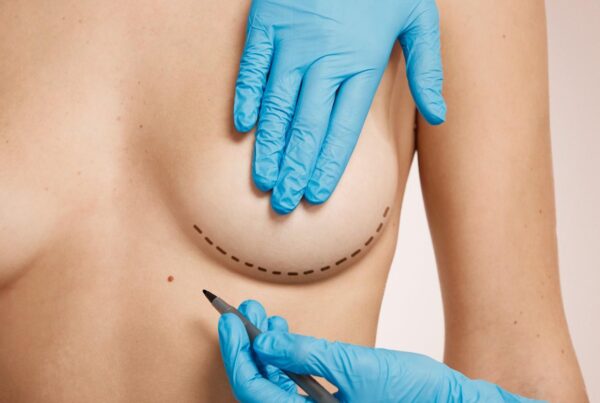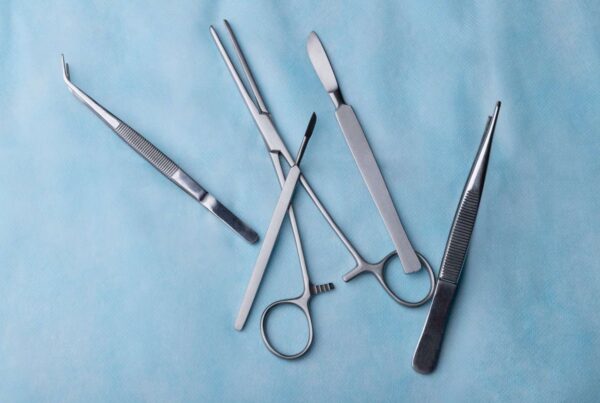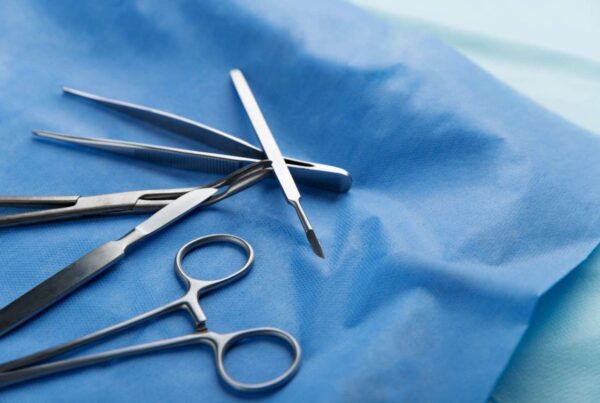Forehead reduction surgery is a popular cosmetic process that helps achieve a more balanced facial appearance. It is perfect for people with a disproportionately large forehead or a high hairline, which can dampen confidence. It shortens the forehead height by reducing the hairline, making the face look more aesthetic. Find out how forehead reduction surgery works, who the best candidates for the procedure are, and much more.
What is Forehead Reduction Surgery?
It is a specific cosmetic operation that helps reduce forehead height by lowering the hairline position. During this surgery, a skin strip is removed from the upper forehead, close to the hairline. The scalp is repositioned to make the forehead look more balanced.
In a few cases, the underlying forehead bone may be reshaped, to improve the facial structure further. You can get a shortened forehead that looks more proportional to the remaining part of the face.
Who Might Consider Forehead Reduction?
Forehead reduction surgery is perfect for those who are free from hair loss, have excellent scalp elasticity, and are bothered by a high or wide forehead. The process helps those with:
- An asymmetrical hairline,
- Deep forehead wrinkles, or
- Naturally high forehead or hairline
Those who consider forehead reduction surgery need to have a family history of genetic hair loss. The process may not be ideal for people with thinned hair or at risk of suffering from thinning hair.
People looking for a permanent way to improve facial balance or having thick hair at the front of the scalp can also consider this procedure.
Also Read:
How Long Does A Facelift Last – An Honest Opinion
How Long Does Botox Last – An Honest Opinion
How to Prepare for the Forehead Reduction Procedure?
For achieving optimal results, preparation is the key. You should be in good physical and mental health and have realistic expectations about the results. You need to avoid alcohol, smoking, and any medications that could increase bleeding, such as anti-inflammatory medicines or aspirin, from 2 weeks before surgery.
Follow a nutritious diet to support healing. Plan properly to take time off work for a minimum of 10 days after the operation. You need to talk to your surgeon to examine your scalp, review your medical history, and go over specific risks associated with the process. On the day of the operation, you should not drink or eat for a minimum of 6 hours before the surgery, to ensure a safe anesthesia experience.
Step-by-Step Overview of the Forehead Reduction Surgery
A multi-step procedure, Forehead reduction surgery generally involves various steps:
- Discuss the new hairline contour and position. When the right position is agreed on, a surgical marker is used to mark the new hairline and remove the skin area.
- An incision is made during the operation along the new hairline. It helps preserve nerves and hair follicles to reduce scarring as much as possible.
- Skin is separated from the underlying connective tissue and the marked skin area is removed from the forehead.
- The rest of the skin is pulled down to meet the new hairline. It closes the gap and reduces the forehead.
- The incision is secured by staples or sutures. For extra support, your surgeon might use tissue glue.
- With strategic placement, the incision helps conceal the scar in the natural hairline. It lends a discreet appearance to the face after healing.
Generally, Forehead reduction surgery spans a duration of 1 – 2 hours. It is carried out under general or local anesthesia as an outpatient process. Thus, you can go back to your home on the same day.
Potential Risks and Complications of Forehead Reduction Surgery
Generally safe, Forehead Reduction Surgery involves some risks and potential complications. These include:
- Minor scarring,
- Numbness,
- Asymmetry,
- Infection,
- Bleeding,
- Bruising,
- Temporary or permanent hair loss along the incision
However, you can reduce the likelihood of risks and complications when you choose an experienced, board-certified cosmetic surgeon for your operation. Communicate openly with your surgeon about your concerns and get post-operative instructions from him, to ensure a smooth recovery.
Bottom Line
If you have a disproportionately large forehead or a high hairline, you can get an aesthetically pleasing and balanced facial appearance. Consult a qualified, board-certified plastic surgeon for proper discussion about your options, goals, etc, and improve your self-confidence.




